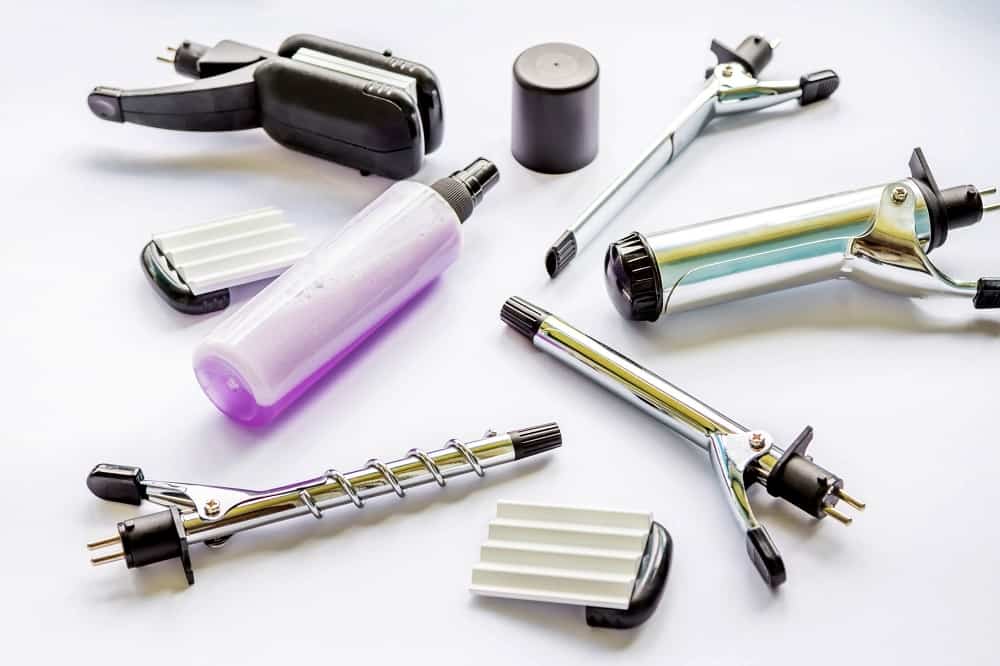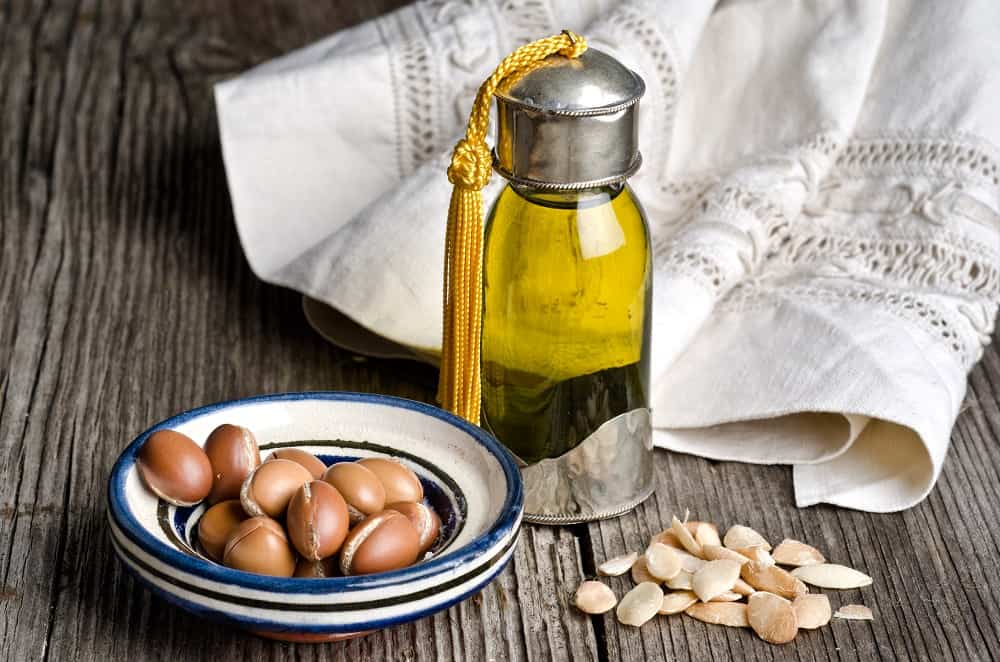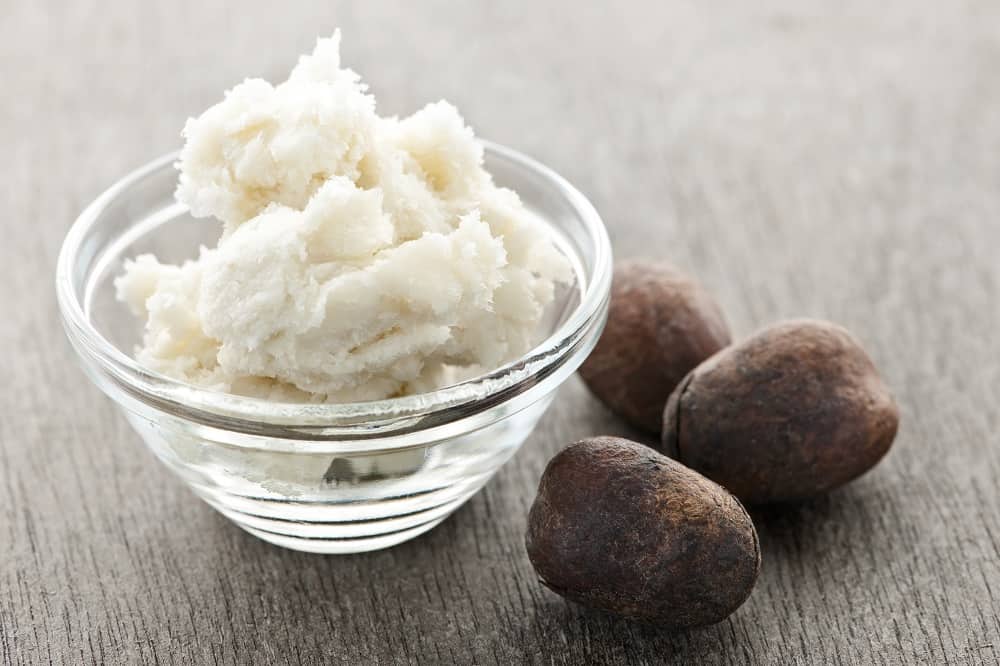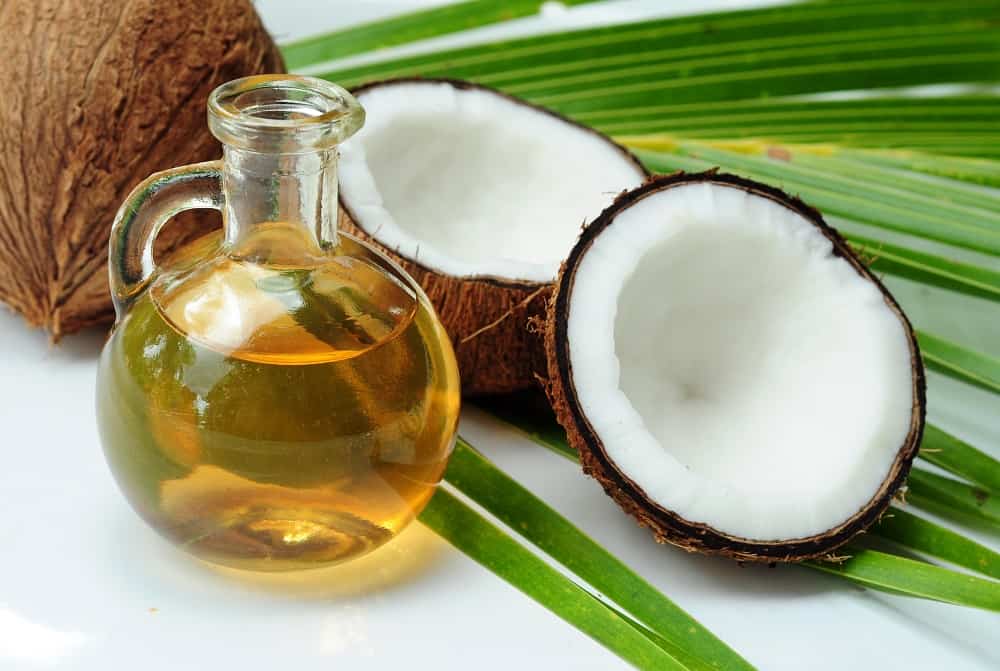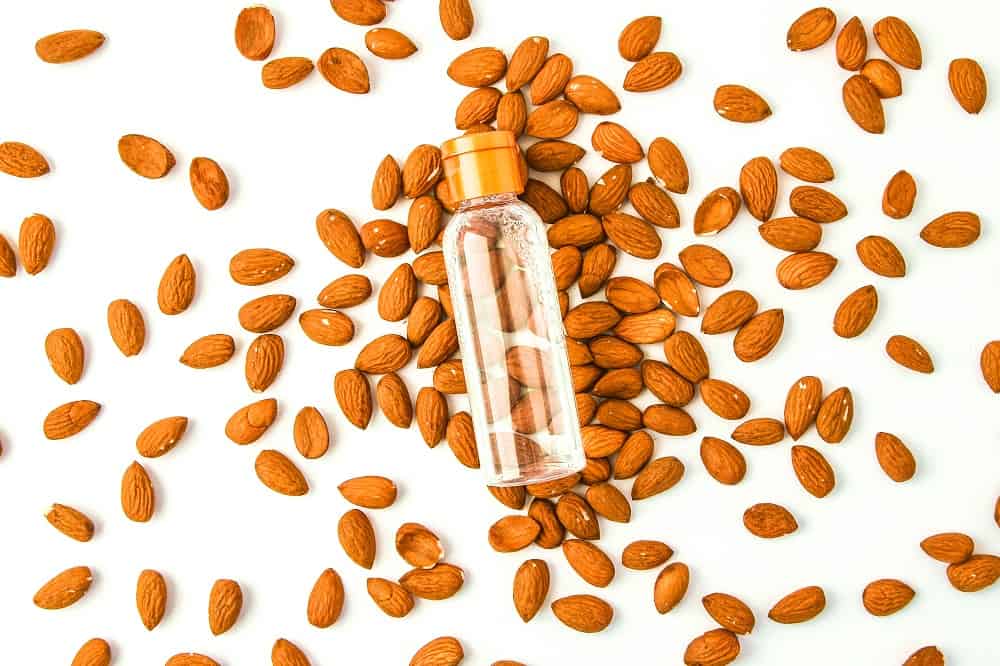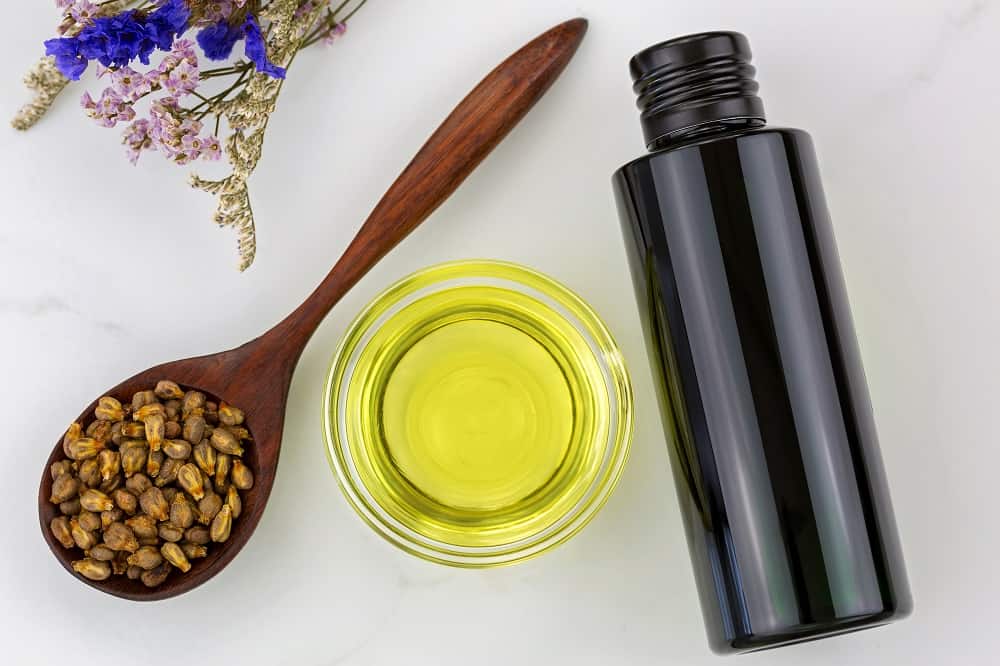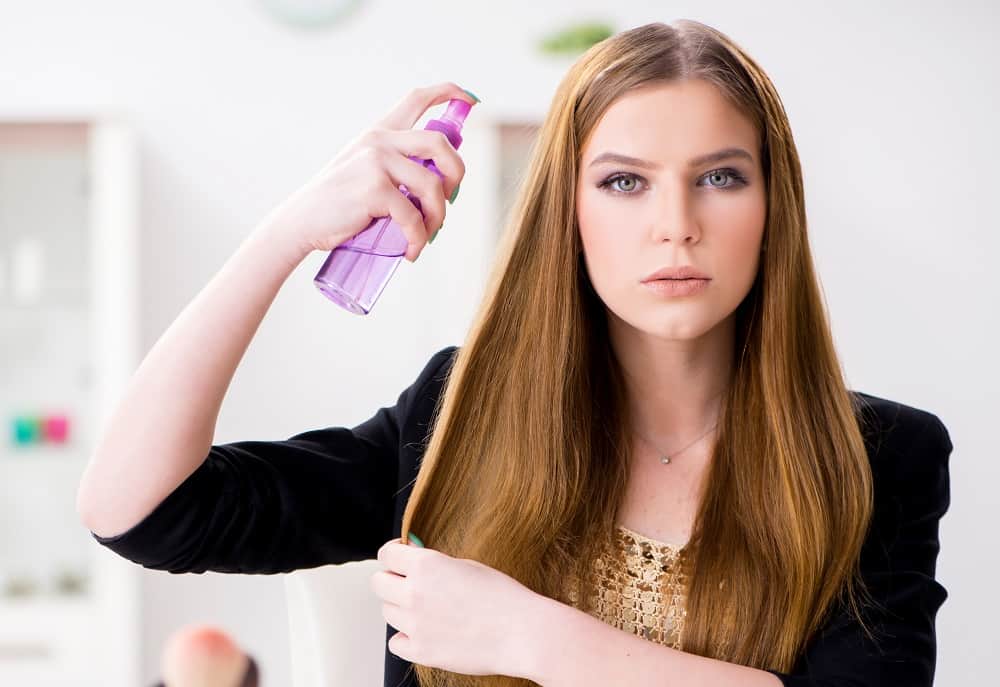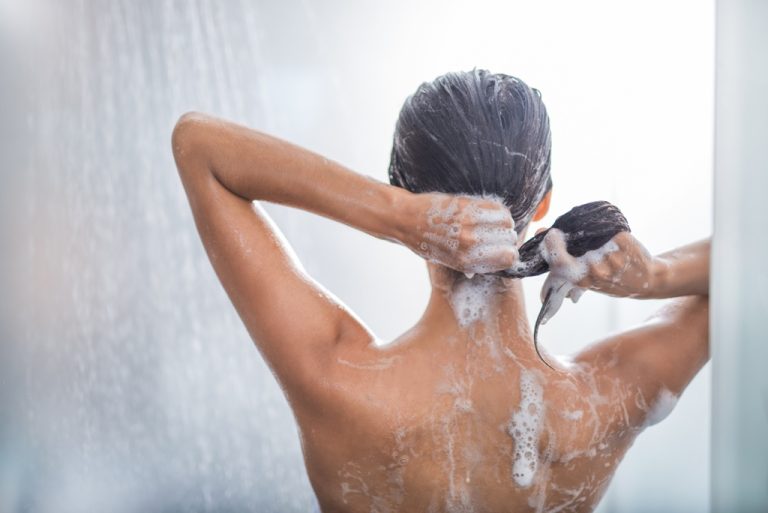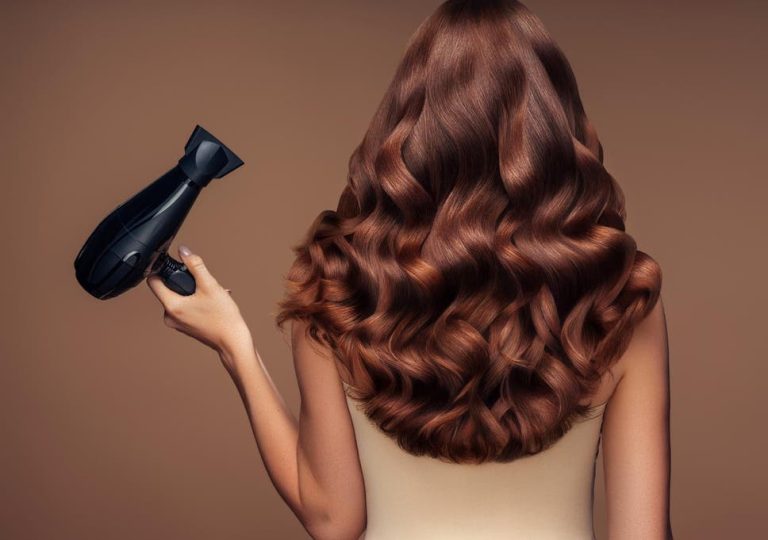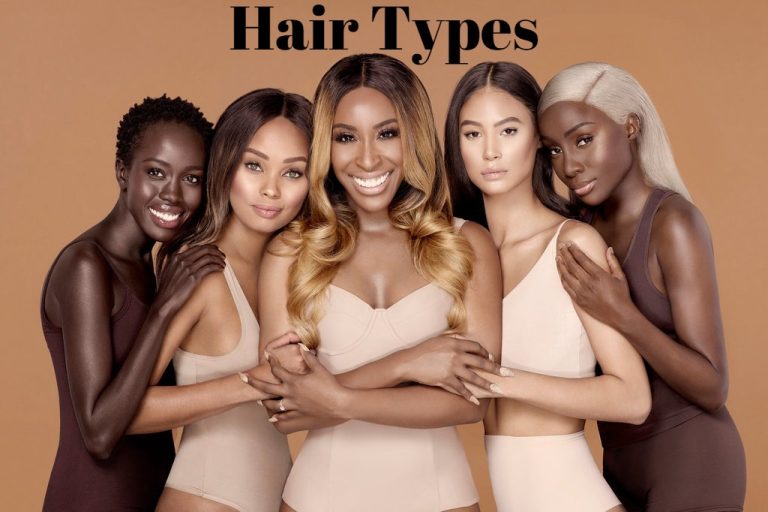Top 5 Natural Heat Protectant Alternatives That Work
Heat styling, including blow dryers, curling irons, and flat irons, are a popular choice to get certain looks and to make hair more manageable. When using heat tools, you should always apply a heat protectant to your hair to protect it from damage.
If you run out of heat protectants or prefer natural ingredients to products with unknown chemicals, a heat protectant alternative might be a good fit for you.
Either way, a heat protectant is still critical. We will teach you how to protect your hair from heat without heat protectants using these heat protectant alternatives.
What Does a Heat Protectant Do?
Heat protectants are essential for reducing high heat damage caused by the styling tools that you use on your hair, such as a flat iron, blow dryer, and a hot curler.
Using a hair heat protectant allows you to add a protective finish to your strands. That places a barrier between your hair and the heat. Therefore, your hair won’t get dry quickly, and it will stay moisturized in the hair cuticles and cortex.
If you were to have a quality heat protectant, it could protect your hair up to 450 °F. Keep in mind that this temperature is higher than the maximum temperatures on most flat irons.
Are There Any Heat Protectant Alternatives?
If you’re trying to find out how to protect your hair from heat without a heat protectant, we have information about heat protectant alternatives you can use.
However, you should know that they won’t be as effective as authentic heat protectants. So, what’s the difference? Below we will explain the difference between the two, beginning with the substitutes first.
#1. Argan Oil
Argan oil comes from the natural kernels of an argan tree. Argan oil is an oil that people frequently use as a protector against heat.
Argan oil originates in Morocco, and it is an excellent heat protectant alternative because it can protect your hair against extreme heat for up to 420 °F. This oil is almost as effective as a professional heat protectant spray.
Moreover, argan oil can add smoothness and shininess to your hair because it contains vitamin E and various fatty acids. As a result, it can be used as a conditioner when you apply heat to your hair.
#2. Shea Butter
If you are wary of using heat protectants that contain silicones, shea butter is an excellent alternative.
Shea butter has exceptional thermal conductivity, which makes it terrific at hair heat protection.
Shea butter is a popular and natural ingredient that is abundant in hair and skincare products. Additionally, it has high concentrations of vitamins and fatty acids.
Furthermore, you can blend Shea butter with many other oils to boost its performance. For example, you can add argan oil, coconut oil, or avocado oil to get better results.
#3. Coconut Oil
Coconut oil happens to be an organic natural heat protectant with a smoke point of 360°F, which is relatively high.
Even though coconut oil may not be able to stand up to the heat dished out by your flat iron, it can work as a blow dryer heat protectant.
The best thing that coconut oil has to offer has nothing to do with heat conductivity, but it is a superior product for dry and brittle hair. Its moisturizing properties will work wonders making your hair smooth and silky, helping to repair damaged hair seamlessly.
What’s more, if you are a person who struggles with dandruff, coconut oil can be extremely useful for you. When you compare it to other hair oil, it may not protect from heat as much as some other products, but it works wonders in the haircare department.
#4. Almond Oil
Many commercial products use almond oil as a key ingredient to protect your hair from heat styling.
You can use almond oil for a variety of purposes because it is rich in vitamins that can provide nourishment to your hair from the inside out.
Almond oil will also help to reduce frizz, and it’s an excellent detangling agent.
If you’re gravitating toward more natural ingredients for your heat protectant, you should give almond oil a try. It’s one of the more lightweight options with a wonderful nutty fragrance and can protect your strands while giving you smoother hair.
#5. Grapeseed Oil
With most high-quality heat protectants, it only takes a few drops that you spread throughout your hair to get protection. Likewise, you don’t need much grapeseed oil to block potential heat damage to your hair.
Grapeseed oil is one of the top candidates for natural heat protection alternatives because it has one of the highest smoke points of 420 degrees Fahrenheit.
Grapeseed oil has optimal thermal conductivity capabilities, and it also makes your hair smoother and shinier when you use it regularly.
You can find grapeseed oil in many hair products that cater to thick curly hair, usually classified as 4b or 4c hair.
Are Alternative Heat Protectants As Effective As Commercial Heat Protectants?
Although these alternatives are excellent replacements, they won’t give you results as good or professional as a true heat protectant.
Here are the reasons:
A few of the suggestions on the list don’t have the highest smoke point, meaning they can’t handle a lot of heat from blow dryers and flat irons. These types of tools can often reach temperatures that exceed 400°F.
Therefore, if you use hair tools like your flat iron at high temperatures, make sure your alternative can support this heat. You can’t afford to be lax with this because you could end up seriously frying your hair if the oil you use isn’t strong enough.
For example, coconut oil is more suitable for a blow dryer because it only has a smoke point of 350°F. So, you wouldn’t use coconut oil for flat ironing your hair because it would burn and create a dry, brittle texture.
Remember that these alternatives are oils, so if you have hair that’s already naturally oily because it has low density or fine hair, use these replacements sparingly. Otherwise, you’ll just make your hair look greasier than usual.
Final Thoughts
In learning how to protect your hair from heat without heat protectants, you will find that a good substitute can come from mixing and matching oils. Some people like to add a few drops of multiple oils because they all have something that you can use to nourish your hair differently.
Maybe one oil is going for smoothing your hair, another for split ends, another for high heat tolerance, and so on. You can find DIY recipes for heat protectant alternatives all over the web, but it’s most important to remember that it should be a permanent alternative if you use heat a lot. If you only straighten or blow dry every once in a while, you should be fine.
If you use heat regularly, you’re better off using the real stuff to ensure that your hair is properly protected.


